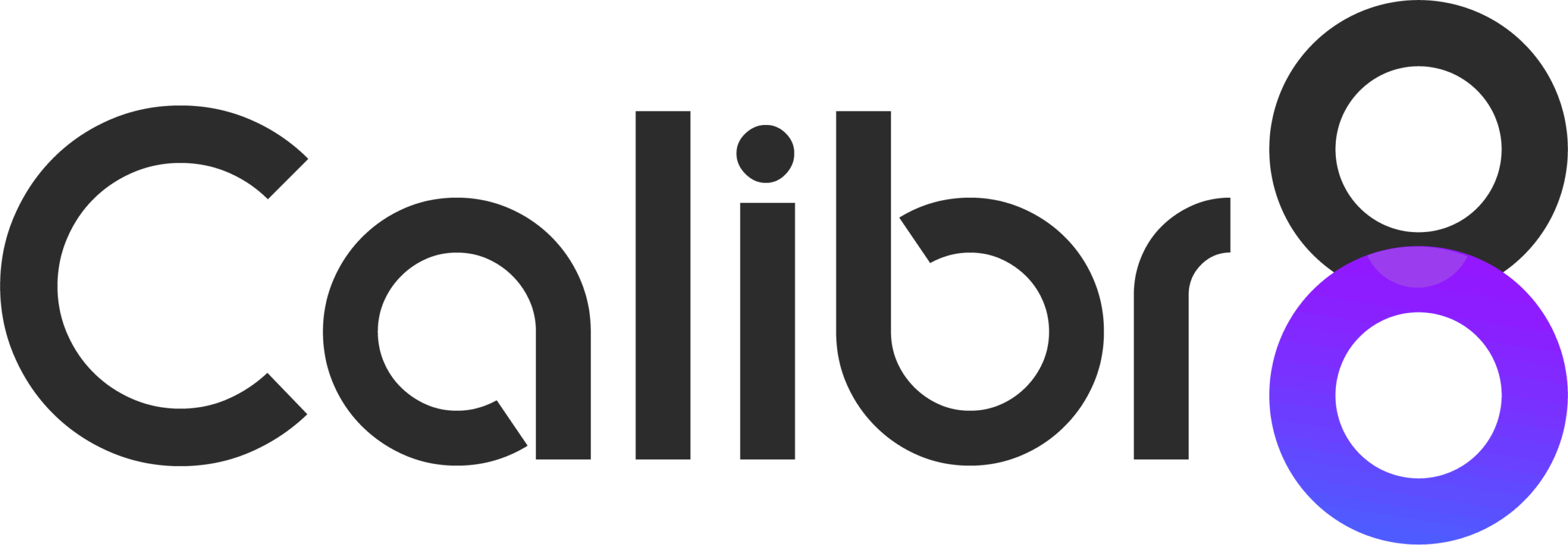Read time:
Picture this: you’ve spent countless hours crafting the perfect survey, designed it to reflect your brand’s unique voice, and sent it out to your carefully curated audience. You wait, anticipating a flood of insights, only to find that barely a handful of people have responded. Sound familiar? Survey response rates can make or break your market research efforts, especially for marketers and brand managers aiming to gather meaningful data. But why do some surveys get stellar responses while others fall flat? And how can improving response rates impact your business?
Why Response Rates Matter in Market Research
The data you collect from a survey is only as valuable as the number of responses you receive. High response rates mean you’re gathering more diverse opinions, providing you with a comprehensive understanding of your target audience. On the flip side, low response rates can skew your data, leading to biased insights and, ultimately, poor decision-making. For marketers and brand managers, this means you could be wasting time and resources crafting strategies based on inaccurate data.
Factors That Influence Survey Participation
Before diving into solutions, it’s crucial to understand why people don’t respond to surveys. It often comes down to survey fatigue. People are bombarded with requests for feedback daily, so standing out from the crowd can be challenging. Other factors include the length of the survey, the clarity of your questions, and the timing of your survey distribution. Small tweaks in these areas can dramatically improve your response rates.
Crafting Engaging Surveys That People Want to Answer
An engaging survey starts with a clear, compelling introduction. Keep your questions concise and to the point, and always consider your audience. Marketers should tailor surveys to resonate with their brand’s tone, while still respecting the respondent’s time. Adding a touch of creativity—whether it’s through playful language or interactive elements—can encourage higher participation. Remember, people are more likely to complete something that feels less like a chore.
The Power of Personalization
Personalized surveys yield higher response rates. When respondents feel like a survey speaks directly to them, they’re more likely to engage. Use their first name in your email invitations, reference past interactions, or offer them a reward relevant to their interests. For brand managers, this approach not only improves response rates but also deepens customer relationships by showing you’re paying attention to individual preferences.
Timing is Everything
When you send your survey plays a huge role in determining how many people respond. The best times tend to be during mid-week mornings or early afternoons. Avoid sending surveys during weekends or late at night, as your audience is less likely to engage during their downtime. For marketers, it’s important to align your survey’s timing with your audience’s habits and preferences, ensuring you catch them when they’re most receptive.
Using Incentives to Boost Responses
People love to feel rewarded. Whether it’s a discount, entry into a contest, or a freebie, offering incentives is a great way to encourage more responses. However, it’s essential to balance the reward with the effort required. Too small, and people may ignore your survey. Too extravagant, and it could skew your data, as some respondents may rush through just to claim their prize. Striking the right balance is key to getting thoughtful responses.
Improving Response Rates with Technology
Platforms like Zamplia can streamline your survey efforts, offering tools that help businesses improve their response rates. Zamplia’s tech-driven approach allows you to easily manage your surveys, track responses in real-time, and make data-driven adjustments on the fly. For marketers and brand managers, this means more accurate insights with less effort, allowing you to focus on what really matters—growing your business.
Maximizing the Impact of High Response Rates
A strong response rate means more reliable data, which leads to better marketing strategies. High-quality insights allow marketers to fine-tune their messaging, target audiences more effectively, and ultimately drive better business results. Whether you’re testing new products, refining your brand’s positioning, or simply trying to understand your customers better, maximizing survey response rates should be a top priority.
Common Mistakes to Avoid
One of the biggest mistakes marketers make is asking too many questions. Long surveys can quickly lead to drop-offs, so keep your survey short and sweet. Another pitfall is sending surveys to the wrong audience. Ensure your survey is relevant to the recipient, or you risk annoying potential customers. Finally, don’t forget to follow up with those who didn’t respond—sometimes a friendly reminder is all it takes.
Conclusion: What’s Next for Your Business?
Survey response rates directly affect the quality of your data, which in turn impacts the effectiveness of your marketing efforts. By understanding what drives higher response rates and using the right tools—like Zamplia—you can create surveys that deliver actionable insights and drive business growth. How will you leverage higher response rates to fuel your next marketing campaign? Take a tour or book a demo with us today.
FAQs
The most effective incentives depend on your audience. Discounts, gift cards, and exclusive content work well for consumers, while B2B audiences might respond better to whitepapers or industry insights. It’s essential to match the reward with the interests of your target respondents.
Many survey platforms, including advanced tools like Zamplia, offer analytics that break down responses by demographic data such as age, gender, and location. This allows you to see which groups are engaging more and adjust your outreach accordingly.
Advanced analysis techniques include segmenting your data by customer behaviour, creating cross-tabulations to compare different groups, and using regression analysis to find patterns in responses. These methods can help uncover deeper insights that inform more effective marketing strategies.


